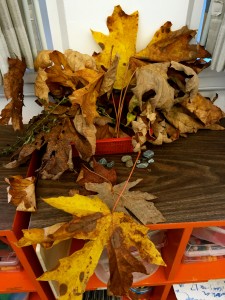Movement Journal # 9: November 18
This week in Physical Education, my group and I presented our reading summary and instant activity. For our instant activity, we decided to have our peers participate in a game of chain tag. My group and I wanted to introduce a game that our peers could use during their practicums. My Grade 1 and Grade 2 students play various tag games during Physical Education. Therefore, I decided to teach my students chain tag during the PE lesson I taught in my practicum. I thought this tag time was effective in that it required students to work together and play cooperatively with one another. My students seemed very receptive to the new game and were enthusiastic throughout the entire activity. The great thing about tag times is that they can essentially be used in any grade level, and they often require students to be constantly moving. When I consider which games to include in a PE lesson, I am always thinking about which games require full student participation and activeness. I believe that these are two important things to consider when devising a lesson, in order to meet the curriculum standards and to achieve physical literacy.
The reading summary this week focussed on Chapter 7, Diversities in Physical Education, and Chapter 8, which addressed the areas of Adapted and Inclusive Physical Education. My small group and I had an in-depth discussion about the contexts of diversity (i.e. race, sexual orientation, religion, gender, and so on) and possible approaches for alleviating the problems these different diversities pose. For example, when discussing body image, my group suggested that the physical educator should invite people from the community with eating and weight challenges to speak to the students about ways to overcome unhealthy body images. In Chapter 8, my group discussed how there is no formal Canadian or provincial law to ensure physical education for people with disabilities. Instead, we must trust that the physical educators will do their best to include people with disabilities in Physical Education. We then read a case study of an educator refusing to include a student with Asperger’s syndrome in his class because of the student’s perceived bad attitude. We analyzed the case study and stated recommendations as to what the educator should have done, and what we would do in such a situation. Overall, it was great to have my peers thinking and discussing important concepts and scenarios because these are issues we will have to face as future educators!

